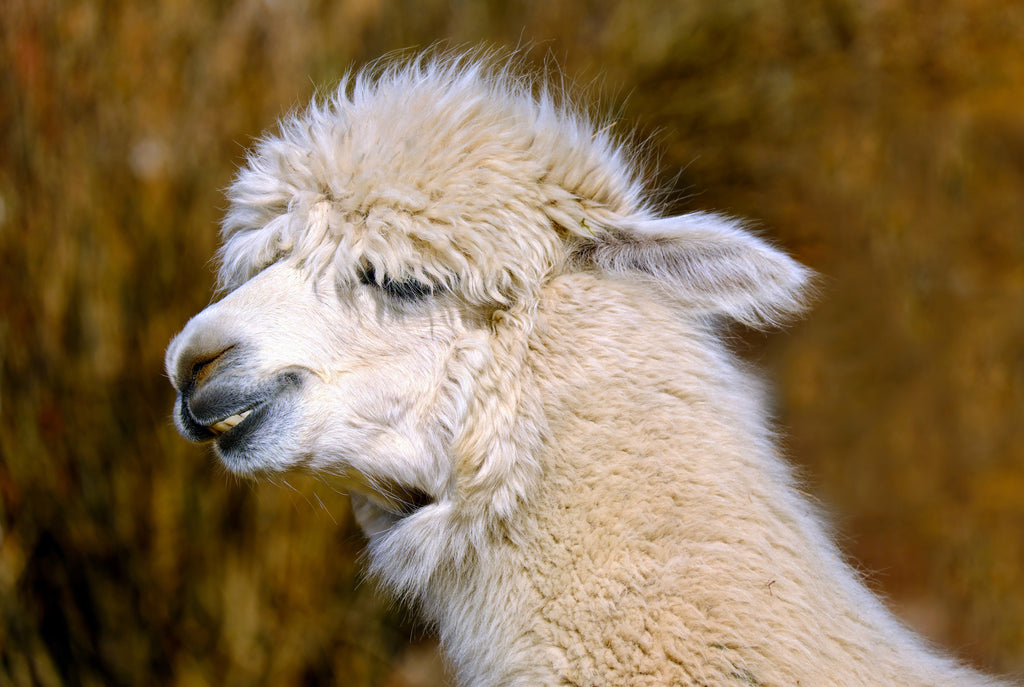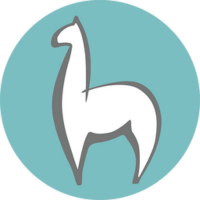How Is Alpaca Yarn Made? in 6 Steps

If you’ve already worn an alpaca sweater or wrap, you pretty much know why it’s renowned for being one of the most prized natural fibers on the planet, and already a preferred fabric of luxury fashion houses. You already know that the impeccably soft, lightweight, breathable material that drapes beautifully comes from the adorable alpaca, which is native to South America. And you’re also absolutely certain that alpaca is already a staple in your winter wardrobe. But have you ever wondered how this fantastic fleece is turned into your favorite sweaters, hats, and shawls? Allow us to break down its production process below.
Breeding
Alpaca wool is derived from the natural fibers that grow on alpacas. There are two breeds of alpaca: the Huacaya alpaca (fluffy sheep-like wool) and Suri alpaca (draping locks with a silkier, more lustrous fiber).
Alpacas are considered “easy keepers.” They are gentle grazers and have soft pads, which are easy on the pasture. Keeping alpacas happy and healthy in their natural habitat is the first step in the wool’s journey of becoming a luxe fabric.
Shearing
Shearing of alpaca is typically done once a year, usually taking place in January through April. This allows the alpacas to re-grow their coats throughout the warmer months (and not have heat stress), and be prepared for the colder months of winter.
An alpaca is ready for shearing when its hair has grown to a certain length. Scissors are used for the shearing process. It can take up to four people to shear an alpaca, since the gentle creature is quite resistant to the process (it’s like trying to give a toddler a haircut). The entire coat usually comes off in one large mat since the breeders will shear the alpaca close to the skin.
The short fiber will then be sorted into a number of categories, ranging from the finest to the coarsest. The coarsest wool is typically used for felted jewelry and handicrafts, while the finer wool is utilized for the production of garments.
Carding
After the fiber is sorted, any seeds, burs, and other waste or debris that the alpacas have picked up will be carded using a fine-toothed brush. They can also be cut out by hand. During the carding process, the individual wool fibers are also combed in a uniform direction. And while alpaca already comes in 22 natural shades, it is at this point that the fibers can be dyed. After the carding process, alpaca wool is ready to be spun into yarn.
Spinning
Washing
Once the alpaca yarn has been formed, it will be washed to remove its impurities. The Peruvians use a variety of wild plants to make a natural, non-toxic cleaning substance. The organic detergent (either using a root or plant that is grated or pounded and mixed with water) creates a foamy wash which effectively cleans the dirty wool in just a few minutes. Once the wool is clean, it will be hung to air-dry.
Knitting, Weaving, Crocheting
The dried wool will then be ready for the final step which will turn it into a finished textile product. Similar to how you can knit and crochet doilies and sweaters at home using a ball of yarn, alpaca yarn will be knitted or weaved into hats, wraps, sweaters, socks, etc. –all ready to be exported around the world.
If you are interested in our alpaca collections please check them out below.

